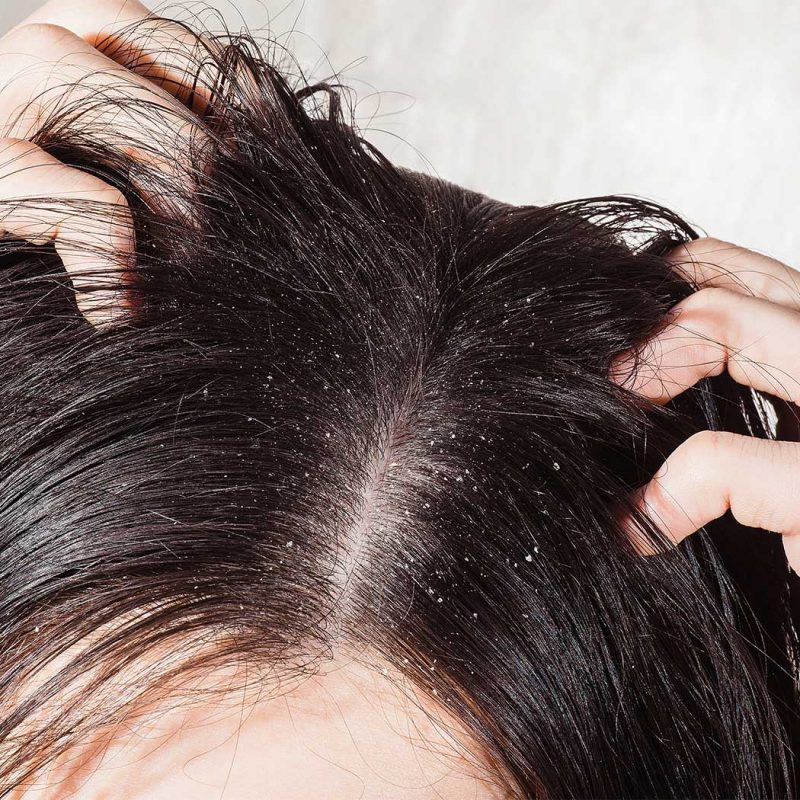
Introduction:
As the pursuit of healthy and luscious locks continues to captivate individuals worldwide, various hair restoration techniques have emerged to address concerns such as hair thinning and loss. Among these, laser hair therapy has gained popularity as a non-invasive and promising solution. In this article, we will delve into the world of laser hair therapy, exploring the science behind it, its applications, effectiveness, and considerations for those seeking to revitalize their strands.
The Science Behind Laser Hair Therapy:
Laser hair therapy, also known as low-level laser therapy (LLLT) or red light therapy, operates on the principle of stimulating cellular activity within hair follicles. The lasers used in this therapy emit red or near-infrared light, which is absorbed by the hair follicles, leading to a series of beneficial reactions.
- Increased Blood Flow: Laser therapy promotes vasodilation, widening blood vessels and increasing blood flow to the scalp. Improved circulation ensures that hair follicles receive an enhanced supply of oxygen, nutrients, and growth factors, creating a conducive environment for hair growth.
- Activation of Mitochondria: The absorbed light energy penetrates the scalp and reaches the mitochondria of hair cells. This stimulation triggers a process known as photobiomodulation, which enhances cellular activity and energy production. Activated mitochondria are more efficient in supporting the metabolic processes necessary for hair growth.
- Reduction of Inflammation: Inflammation can impede hair growth and contribute to hair loss. Laser therapy has been shown to have anti-inflammatory effects, potentially reducing inflammation in the scalp and creating a healthier environment for hair follicles.
- Stimulation of Hair Follicles: Laser therapy directly stimulates hair follicles, promoting the anagen (growth) phase of the hair cycle. This stimulation can revive dormant hair follicles and encourage the production of thicker, healthier strands.
Applications of Laser Hair Therapy:
- Androgenetic Alopecia (Male and Female Pattern Baldness): Laser hair therapy is commonly used to address androgenetic alopecia, a hereditary condition that leads to hair thinning and eventual baldness. Both men and women experiencing pattern baldness can benefit from the stimulation provided by laser therapy.
- Postpartum Hair Loss: Women often experience hair loss after childbirth due to hormonal fluctuations. Laser hair therapy can be a non-invasive and safe option to promote regrowth and restore hair thickness during the postpartum period.
- Chemotherapy-Induced Hair Loss: Cancer treatments such as chemotherapy can result in hair loss. Laser therapy is explored as a complementary option to help stimulate hair regrowth for individuals undergoing cancer treatment.
- General Thinning and Hair Loss: Laser hair therapy is not limited to specific conditions and can be used to address general hair thinning and loss. It is suitable for individuals seeking to improve the overall health and appearance of their hair.
Effectiveness of Laser Hair Therapy:
- Clinical Studies: Numerous clinical studies have explored the effectiveness of laser hair therapy. While results may vary among individuals, research suggests that laser therapy can contribute to increased hair density and thickness, as well as a reduction in hair shedding.
- Combination Therapies: Laser hair therapy is often used in conjunction with other hair loss treatments, such as minoxidil or finasteride. Combining therapies can enhance the overall effectiveness and address multiple factors contributing to hair loss.
- Consistency is Key: Consistency in treatment is crucial for optimal results. Laser therapy sessions are typically scheduled multiple times per week, and individuals may need to adhere to a regular treatment schedule for several months to observe noticeable improvements.
Considerations for Laser Hair Therapy:
- Professional vs. At-Home Devices: Laser hair therapy can be administered in professional clinics using specialized devices or through at-home devices. Professional treatments are often more potent, but at-home devices provide convenience and can be a more cost-effective long-term option.
- Consultation with a Professional: Before starting laser hair therapy, individuals should consult with a healthcare professional or a licensed trichologist. A thorough evaluation can help determine the underlying causes of hair loss and ensure that laser therapy is an appropriate course of action.
- Patience and Realistic Expectations: Laser hair therapy is not a quick fix, and results may take time to become noticeable. Having realistic expectations and understanding that individual responses vary is crucial for a positive experience with this treatment.
- Safety Considerations: Laser hair therapy is generally considered safe when administered correctly. However, individuals should follow safety guidelines provided with at-home devices and seek professional guidance if they experience any adverse effects.
Conclusion:
Laser hair therapy offers a non-invasive and promising solution for individuals seeking to enhance the health and appearance of their strands. By harnessing the power of low-level lasers to stimulate cellular activity and promote hair growth, this treatment has become a valuable option for addressing various types of hair loss. As individuals embark on their journey to revitalize their strands, understanding the science, applications, and considerations of laser hair therapy is essential for making informed decisions and achieving the desired glow-up for their locks.




